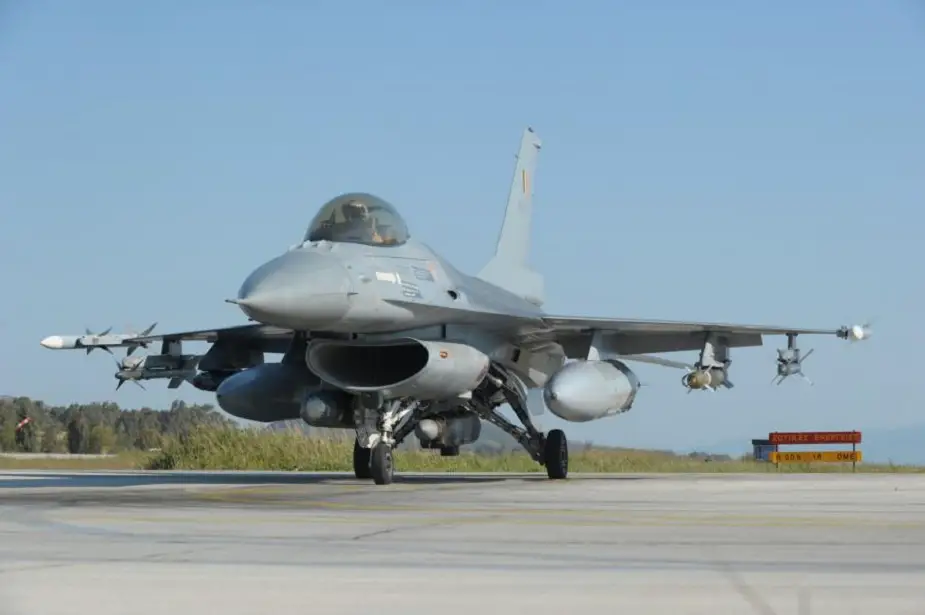On May 14, the Belgian Air Force will resume the Quick Reaction Alert mission from its Dutch colleagues. Since January 1, 2017, Belgium and the Netherlands have alternately monitored the airspace of Belgium, the Netherlands and Luxembourg. The Dutch Air Force has taken on this mission for the past eight months.
 Belgian F-16 (Picture source: Belgian MoD)
Belgian F-16 (Picture source: Belgian MoD)
One of the tasks of the Belgian Air Force is to respond adequately to violations of the common airspace of the Netherlands, Belgium and Luxembourg. To this end, two F-16s are ready to take off 24 hours a day, seven days a week, in one of the four F-16 bases in the two countries. From May 14th, these planes are stationed on the air base of Florennes. This is called the Quick Reaction Alert (QRA). This is done to control aviation safety and to prevent any unwanted intrusion into the airspace.
Radar surveillance of airspace remains an autonomous responsibility of the two nations. In Belgium, this is a mission of the Control and Reporting Center (CRC). For now, it is still located in Glons, but it will soon be transferred to a hypermodern center in Beauvechain. This air surveillance center is responsible for the Belgian-Luxembourg sector of NATO airspace. A similar center in Nieuw-Milligen near Apeldoorn watches over the Dutch sector. The F-16s in charge of the QRA mission have a deployment zone which covers the entire area of responsibility of the BeNeLux.
Depending on the location of the violation of the airspace, one of the two centers will take off the F-16 from QRA in order to find out the intentions of the civil or military planes which represent a threat. This is called a scramble. Pilots can take off in minutes and perform an interception. Fighter planes are guided by radar centers to the suspect aircraft. QRA planes are allowed to cross the sound barrier to carry out this mission.
In 2018, Belgian F-16s from Florennes Air Base intercepted a Russian supersonic nuclear bomber with no known flight plan over the North Sea, north of the Wadden Islands. The instructions for the Belgian planes came from the Dutch aerial surveillance center of Nieuw-Milligen.
















